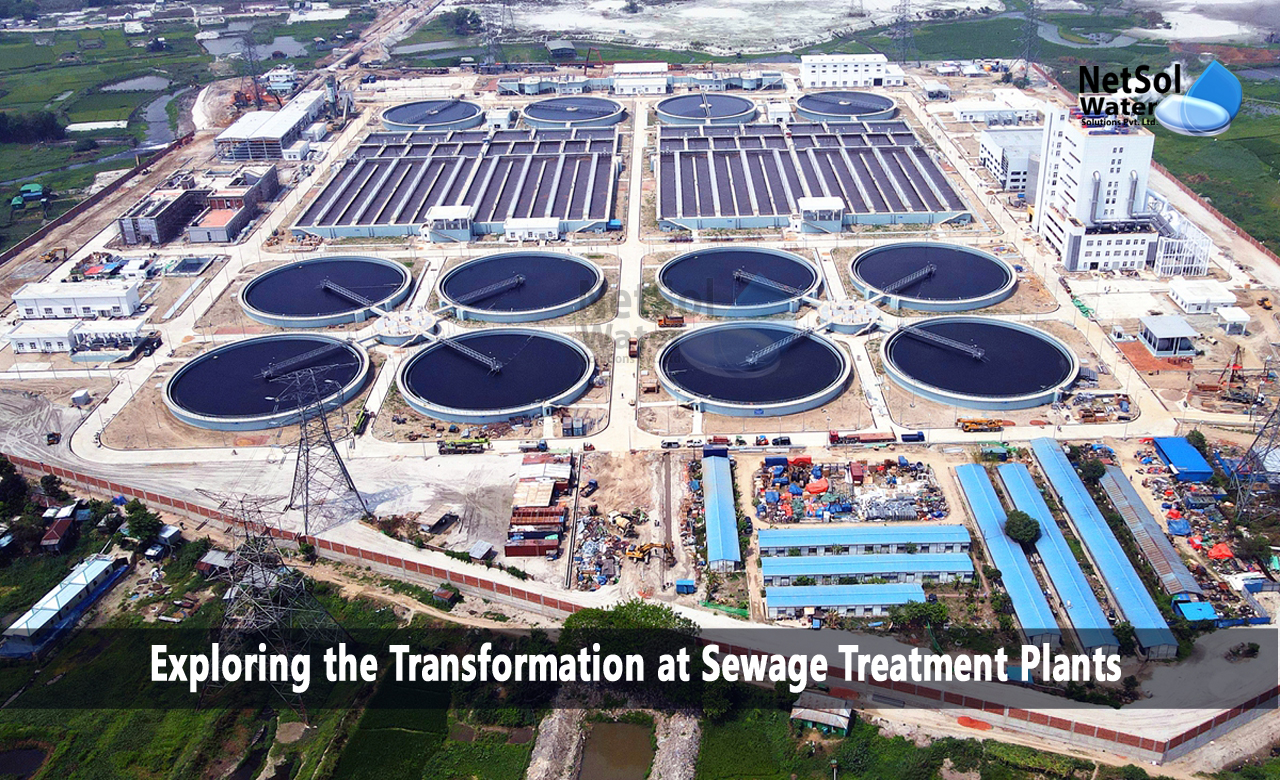Exploring the Transformation at Sewage Treatment Plants
Sewage treatment plants (STPs) play a vital role in transforming wastewater from its initial state of filth and contamination into clean, fresh water fit for various purposes. These facilities employ a range of processes and technologies to remove pollutants, treat organic matter, and ensure the safe disposal or reuse of the treated water.
In this blog post, we will explore the remarkable transformation that takes place at sewage treatment plants and the importance of their contribution to environmental sustainability.
Initial State: Collection and Preliminary Treatment
The journey of wastewater begins when it is collected from various sources, including households, industries, and commercial establishments. This raw sewage is characterized by its unpleasant odor, high levels of contaminants, and potential health hazards. At sewage treatment plants, the first step is to undergo preliminary treatment, where large objects, debris, and non-biodegradable materials are removed through screening and grit removal processes. This initial stage sets the foundation for subsequent treatment processes.
Primary Treatment: Settling and Separation
After preliminary treatment, the sewage enters primary settling tanks, also known as primary clarifiers. Here, the flow slows down, allowing solid particles and organic matter to settle to the bottom as sludge. This sludge is further processed to extract valuable resources or disposed of safely. The remaining liquid, known as primary effluent, undergoes further treatment to remove finer suspended particles.
Secondary Treatment: Biological Transformation
The secondary treatment stage harnesses the power of microorganisms to biologically transform and remove organic matter from the wastewater. There are various methods employed, including:
a) Activated Sludge Process: In this widely used process, microorganisms, or "activated sludge," are mixed with the wastewater in aeration tanks. The microorganisms consume organic matter, breaking it down into carbon dioxide, water, and additional biomass. The mixture is then settled, and excess biomass is recycled back into the process, while the treated water moves on to the next stage.
b) Trickling Filters: These systems utilize a bed of rocks or plastic media that provides a surface for the growth of biofilm. As the wastewater trickles over the media, microorganisms in the biofilm consume organic matter, purifying the water.
c) Constructed Wetlands: Wetland systems mimic the natural processes that occur in wetland environments. Wastewater flows through gravel, sand, and aquatic plants, where biological and physical processes remove pollutants, organic matter, and nutrients.
Tertiary Treatment: Polishing the Water
In some cases, additional treatment steps are required to meet specific water quality standards or to facilitate water reuse. Tertiary treatment includes processes such as:
a) Filtration: Advanced filtration methods, including sand filters, activated carbon filters, or membrane filtration, are used to further remove fine particles, residual suspended solids, and remaining impurities.
b) Disinfection: Disinfection is essential to eliminate any remaining pathogens in the treated water. Common disinfection methods include chlorination, ultraviolet (UV) irradiation, or ozonation.
Reuse and Environmental Protection
Once the water has undergone the necessary treatment processes, it is transformed into clean, fresh water suitable for various applications. Depending on local regulations and requirements, the treated water can be discharged into receiving bodies of water, safely replenishing the environment. Alternatively, it can be reused for non-potable purposes like irrigation, industrial processes, or groundwater recharge, reducing the strain on freshwater sources and promoting sustainability.
Benefits and Environmental Impact
The transformation that occurs at sewage treatment plants brings numerous benefits and has a positive environmental impact:
- Environmental Protection: By removing contaminants and pollutants from wastewater, sewage treatment plants protect natural ecosystems, preventing water pollution and its detrimental effects on aquatic life.
- Public Health: Proper treatment of sewage eliminates harmful pathogens, reducing the risk of waterborne diseases and ensuring the safety of communities that depend on water resources.
- Resource Recovery: Sewage treatment plants enable the recovery of valuable resources from wastewater. These include energy production through anaerobic digestion of sludge and nutrient recovery for use as fertilizers or industrial applications.
- Water Conservation: The reuse of treated water reduces the demand for freshwater sources, conserving water for future generations.
Conclusion
Sewage treatment plants are at the forefront of transforming filthy wastewater into clean, usable water. Through a series of processes and technologies, they remove contaminants, treat organic matter, and protect the environment. The remarkable journey of sewage from its initial state to a state of freshness and environmental sustainability highlights the vital role played by these facilities in preserving water resources and ensuring the well-being of communities worldwide.
Netsol Water is Greater Noida-based leading water & wastewater treatment plant manufacturer. We are industry's most demanding company based on client review and work quality. We are known as best commercial RO plant manufacturers, industrial RO plant manufacturer, sewage treatment plant manufacturer, Water Softener Plant Manufacturers and effluent treatment plant manufacturers. Apart from this 24x7 customer support is our USP. Call on +91-9650608473, or write us at enquiry@netsolwater.com for any support, inquiry or product-purchase related query.



